Forever Films – New Outlets Open Flood Gates for Indie Filmmakers
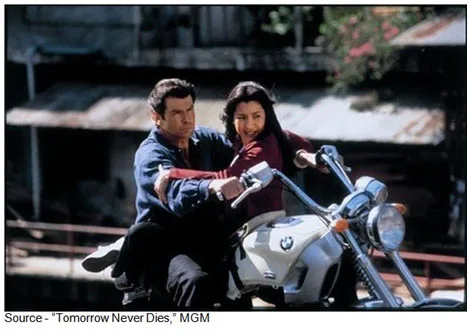
HBO dramatically changed TV.
Netflix and Amazon turned TV and film production/distribution on its head.
At the same time, the Internet made hundreds of online and OTT (over the air) content services possible around the globe. They joined the frey to give people all of the video content they wanted – entertainment, documentaries, how-tos, history and special interest films.
Suddenly, everyone is intent on competing for the attention of the global audience on their TVs, computers and smart devices.
The change is so dramatic that equity analysts (money folks) have taken off the kid gloves for conventional, pay-TV and everyone in the content development/delivery field is saying:
- Broadcasters who aren’t prepared for a future where TV will be primarily consumed online and on demand will fail.
- Even content providers who invest to change their model face an uphill battle.
- Producers/distributors with strong content assets will benefit from increased demand.
- Every content provider will have to add content to appeal to the full spectrum of viewers.
2016 could mark the turning point for millions of independent (Indie) filmmakers who are committed to developing new, refreshing, daring stories. The new open landscape will give them an opportunity for their creative work to be seen and heard.
Many of the new outlets like YouTube, Facebook, Huffington Post, Alibaba and others in every country aren’t just offering opportunities for the new storytellers, they are aggressively seeking diverse content and are adding key people to support the Indies with distribution and marketing.
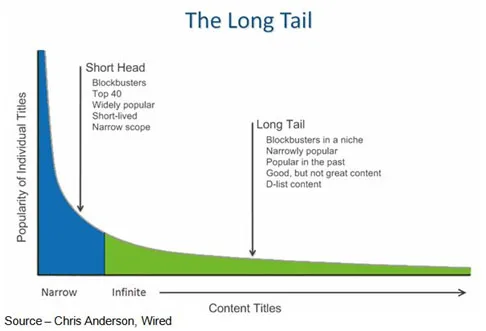
The Long Tail concept that Wired’s Chris Anderson unveiled in 2004 is finally becoming a reality for Indie filmmakers.
There will always be the few blockbuster films. However, the online outlets need an extremely large number of titles – short and long – to serve a wide range of niche interest groups.
While it may seem crass, the growing popularity hasn’t gone unnoticed by marketing and advertising people. The special interest, special concept films attract a very identifiable audience more interested in their product, their message.
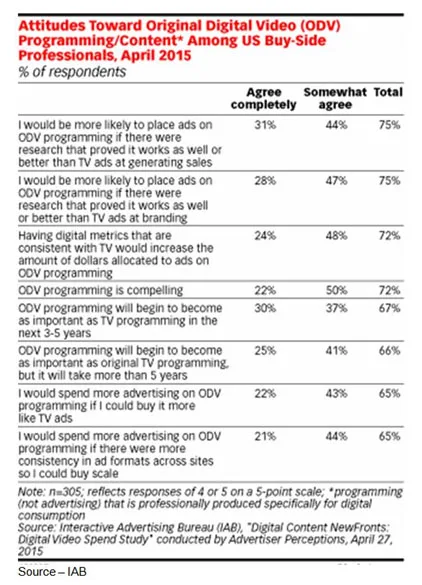
And at a much lower cost than broad appeal, mass market films.
With Netflix expanding its offerings to 130 countries and investing in 600 new projects this year, it shows that there is a global hunger for entertainment worldwide. It has not gone unnoticed by Amazon, networks and studios.
More than 8,500 new TV and SVoD program concepts were launched last year in 44 countries, according to NOTA, Eurodata TV Worldwide. 40 percent were series, 37 percent documentaries, 23 percent POE (plain old entertainment – no thinking involved).
Original content development grew around the globe last year – India, China, Nigeria, Russia, Egypt, Japan, South Korea, Turkey and the US.
Great creativity emerged everywhere on the Internet, thanks to the online video/entertainment sites that gave new talent the opportunity to express itself with minimal distribution expense.
M&E executives are taking note of the growth but it’s real hard for them to give up huge revenues from blockbusters for digital pennies.
And in a way, they’re right because they focus on the front end of Anderson’s Long Tail to monetize their content with millions of upfronts from advertisers and digital distribution featuring ad-based video-on-demand.
But they only have to look at the viewing habits of millennials to see change is inevitable.
According to entertainment news site Indiewire, more than one-third of millennials don’t subscribe to pay-TV; and by 2025, one half will be viewing ad-based or free content.
We’re well past the tipping point of film, TV and content digital distribution because the content access distribution and viewing options have expanded exponentially.
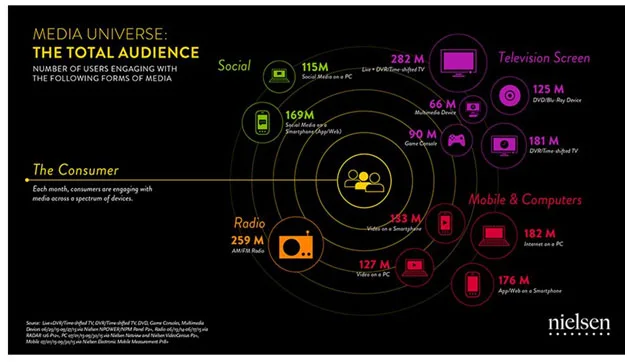
Big house executives have to develop new, sound digital strategies to satisfy the unquenchable consumer demand for video content.
It’s in their enlightened self interest to think beyond their inventory to become the repository/distributor of choice for videos that appeal to both broad and niche markets.
This year, even more of the studios, Netflix, Amazon, YouTube and the growing number of content distributors will prowl the Indie film festivals like Sundance, Tribaca, Cannes, Berlin, San Jose and thousands of others around the globe to negotiate distribution rights for some excellent and unique Indie films.
There will be a wide range of high-quality 4K and HDR (high definition resolution) content for them to choose from.
Some will find their way into theaters, others into “your regular programming;” but most will be on your click-to-view options.
In the past two years, millions of Indie filmmakers have followed their dream because quality capture and production tools are now very economical.
Cameras that previously cost $20-$30,000 (and some still do) are now available from firms like Blackmagic that capture in full 4K for $400 – $4,000.
Low-cost drones with 4K cameras enable them to capture unusual angles and safely follow action scenes at a fraction of the cost of earlier helicopter shots.
Some of the best production and post production tools from Adobe and Avid are available in the cloud. Superb workflow, color correction tools like DaVinci Resolve are attractively priced or free.

Do the work on a Mac Pro or even a Macbook and add lots of storage from reliable sources such as OWC Digital and the creative work can be done for roughly $10K.
You know:
- Production – 3TB/day
- Camera RAW output to SSD – 960GB/day
- On site/on set de-Bayer – 2.1TB/day
- Post-production
- Creative editorial – 1TB per editor
- VFX – 10-20TB
- Color, mastering, versioning – 4.4TB per 4K version
- Copies and back-up of each step of the process
Most Indie filmmakers calculate that they will need 10X the amount of storage for the original media shot.
And the distribution options for today’s Indies is as limitless as Neil deGrasse Tyson’s view of our cosmos – constantly expanding.

The new viewing options run the gamut of projects such as:
- Catania Group’s documentaries – a cattle ranching family’s stand against the U.S. Bureau of land management and a Marine wounded in Afghanistan and his painful adjustment to new normalcy
- Pannon Entertainments movie industry documentary
- ChicagoEdit’s work on film/movie preservationists and the struggle of women in the Midwest to escape from the sex trade
- Cullie Poseria’s music videos, documentaries
- Bradley Jackson, Andrew Disney sports comedy Intramural
- Putch Films Route 30 trilogy
- Sound Visions Media’s drone how-to and adventure films
There are thousands of projects in various stages of production in Berlin, London, Dubai, Singapore, Taiwan, Boston, Atlanta, Sydney, New York City and locations around the globe.
The lower equipment costs, easier to use tools and a desire to tell a story have made it possible for filmmakers in Woodstock, IL; Pollock, LA; Daman, India and many other cities/villages to develop, shoot and produce theater-quality projects.
While many studio people like Ron Sanders, president of Warner Bros., say physical movie sales are declining slower than some projected, studios like Disney, Legendary, Fox and others are expanding their online offerings and seeking more content to fill the global Internet pipes.
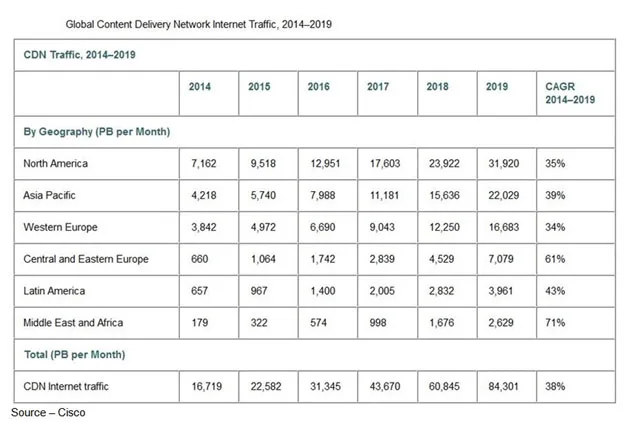
One studio executive noted that all of the content producers and distributors are competing for people’s time and it is important that they give people the richest range of video content possible so they can watch what they want, when they want and how they want it.
Philip Mordecai, UK’s Curzon’s head of services, emphasized that online is proving to be a solid vehicle for Indie films. He noted, “The explosion of new technology and higher-quality sources has injected real optimism for the future.”
Original content is increasing and is not necessarily being driven by subscriptions to streaming services, according to RBC Capital Markets.
Akamai, the world’s largest CDN (Content Delivery Network) provider has found, high-speed Internet service (15mbps) is sufficient to stream properly prepared and managed high-quality 4K content. By using advanced codecs and compression technology HDR/4K content can be seamlessly viewed by 40 percent of the world’s online audience and there are steady improvements in nearly every country.
By aggressively looking beyond their own libraries of so-so content, studios, networks and content distributors will be able to make a rich range of Indie-developed content available to meet the tastes and viewing desires of everyone – a massive leap forward in the consumers’ viewing experience.
Ready availability of Indie films will help people understand/work with/live with each other.
Imagine, we’ll be educated and informed while we’re being entertained and the only people who will really care will be the Indie filmmakers who get their stories seen by folks.
And they’ll get paid, which ain’t all bad!
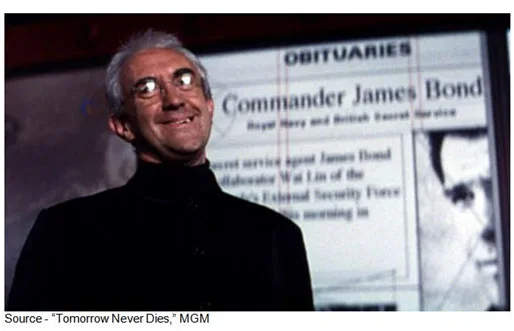 The new content and viewing options will also take power away from Elliot Carver and he won’t be able to say, “Call the President. Tell him if he doesn’t sign the bill lowering the cable rates, we will release the video of him with the cheerleader in the Chicago motel room.”
The new content and viewing options will also take power away from Elliot Carver and he won’t be able to say, “Call the President. Tell him if he doesn’t sign the bill lowering the cable rates, we will release the video of him with the cheerleader in the Chicago motel room.”
# # #